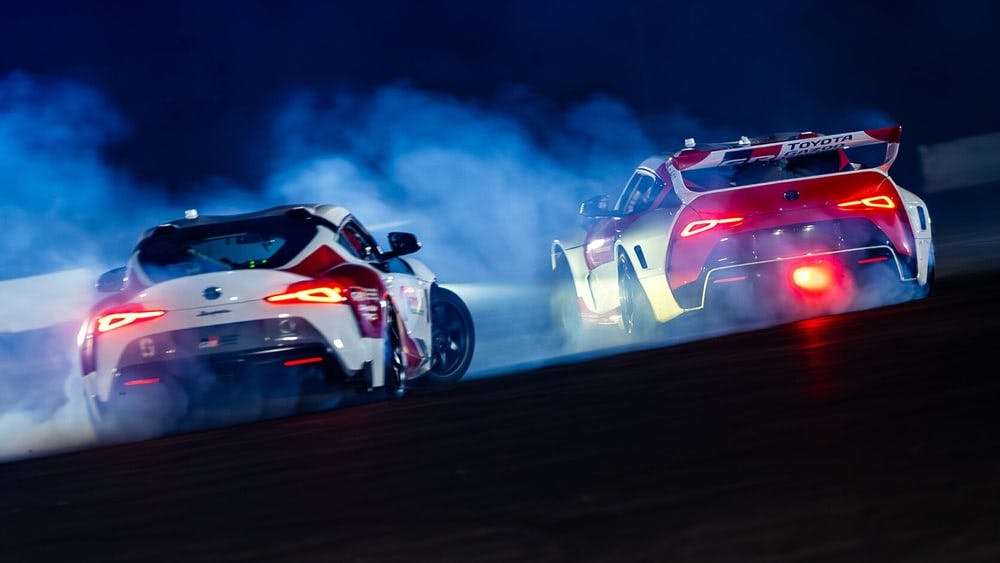
Toyota's Autonomous Drifting Supra
It's happened yet again: the innovative artificial intelligence technology that everyone's buzzing about has claimed another of those thrilling jobs from the hands of skilled workers. This time, it's Toyota, who has managed to create an autonomous drifting Supra sports car that can drift in tandem with a second autonomous drifting Supra sports car. Mind-blowing, right? This innovation showcases how self-driving technology can tackle complex scenarios beyond just driving in circles. There's actually a safety upside to all this excitement, so here's what to expect from future AI-powered smart systems from Toyota.
A Seven-Year Collaboration
The Toyota Research Institute (TRI), together with a Stanford Engineering team, has spent the past seven years developing new AI-powered technologies with automotive applications. They got one Toyota to drift, and now they've gone even further with two Toyotas that can tandem drift completely autonomously, with no driver inputs inside the car or delivered remotely. Testing took place at Thunderhill Raceway Park in Willows, California, using two modified Toyota GR Supra sports cars built to Formula Drift spec.
Advanced AI and Real-Time Communication
Toyota's team focused on developing stable and robust control mechanisms for the lead car in the tandem drift maneuver, while the Stanford team developed the AI computer models for the chase car. Both cars share a dedicated WiFi network to communicate in real time, including positioning and intended trajectory.
Sensors control the vehicle steering, throttle, and braking, performing an average of 50 scans per second. The AI computing adopts a technique called Nonlinear Model Predictive Control (NMPC), which uses mathematical expressions to define each car's objectives and constraints. The lead vehicle is instructed to drift along a desired path within constraints, such as maximum steering angle, while the chase vehicle reacts in real time to the lead car's movements.
Real-World Safety Applications
How does this lead to a safer future for those of us who still drive? "The track conditions can change dramatically over a few minutes when the sun goes down," explained Stanford's Chris Gerdes. "The AI we developed for this project learns from every trip we have taken to the track to handle this variation. The physics of drifting are actually similar to what a car might experience on snow or ice. What we have learned from this autonomous drifting project has already led to new techniques for controlling automated vehicles safely on ice."
Beyond Solo Autonomous Drifting
While Toyota and others have gotten solo cars to autonomously drift in the past, the novel approach here is training the chase car to adapt to the conditions of the lead car, simulating real-world situations where a vehicle safety system may need to kick in to help a driver avoid sliding into other motorists, pedestrians, or obstacles in a dynamic manner. This goes beyond mimicking a navigational route or basic braking system. Instead, it reacts to the situation at hand with various vehicle inputs. It looks like simple fun, but it’s actually another complex step closer to an AI-driven future that might have real benefits.








